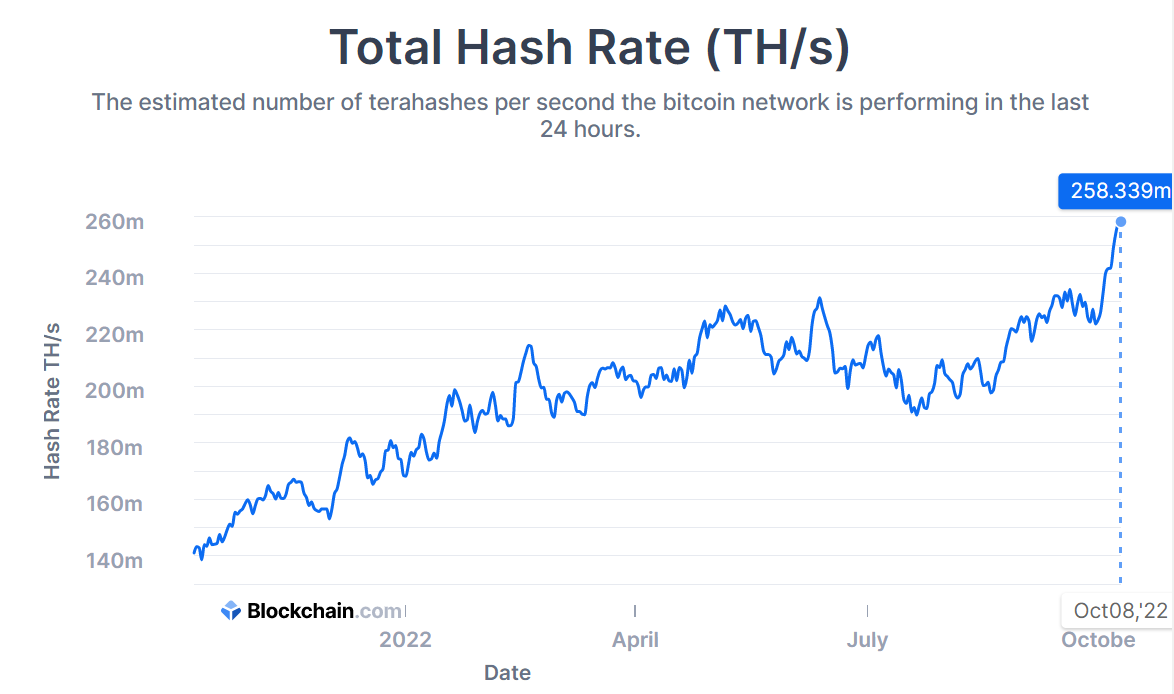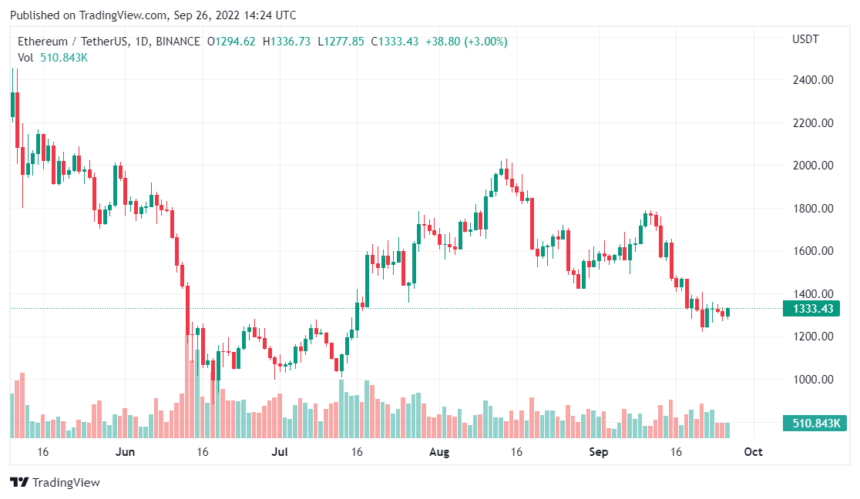Tech investors love to pay for potential. GameFi tokens, with sky-high valuations divorced from current user numbers or revenues, embody this optimism perfectly — as CoinDesk investigated in 2022, Decentraland's then billion-dollar market cap didn't quite match the number of active players on the platform.
But, surprisingly, distributed compute tokens don't seem to enjoy the same speculative premium even when compared to their Traditional Finance traded peers like CoreWeave (CRWV).
CoinMarketCap says the category of tokens for decentralized networks that provide GPU power for AI and other compute workloads, which includes well-known tokens like BitTensor, Aethir, and Render, is worth $12 billion.
At the same time, market data from research group MarketsandMarkets puts the value of the GPU as a service industry at around $8 billion this year, growing to $26 billion in 2030.
In contrast, CRWV closed Monday in New York at $163, putting its market cap at $79.2 billion. The company’s recent earnings forecast up to $5.1 billion in 2025 revenue, suggesting it trades at more than 15 times forward sales.
That kind of multiple might be justified in a high-growth environment, but CoreWeave also posted a $314.6 million net loss in the first quarter, driven in part by stock-based compensation and continued infrastructure buildout.
Despite this, investors continue to reward CoreWeave for its dominant position in centralized AI infrastructure with its stock up 300% year-to-date. The company is tightly integrated with Nvidia and has high visibility through contracts with OpenAI and other enterprise clients.
Meanwhile, decentralized compute networks are delivering similar services— AI inference, rendering, and compute power — without needing to raise billions in debt or equity as they act as a broker connecting existing GPUs to users, saving the capital expenditure of buying their own server farms.
These are not theoretical networks. They are functional systems already processing real workloads, and the brokerage model works for customers.
Yet their collective market value remains a fraction of CoreWeave’s. Certainly, they don't have the same level of workload running through their networks, but the gap is striking. While the market treats GameFi with irrational exuberance, distributed compute tokens may be suffering from the opposite problem.
Despite addressing the same market need as CoreWeave, and in some ways offering a more capital-efficient and globally scalable model without the eye-watering CapEx, they remain modestly valued.
Justin Sun-Backed SRM Entertainment Announces $100 Million TRX Staking Move
SRM Entertainment (Nasdaq: SRM), soon to rebrand as TRON Inc., has staked its entire treasury of 365 million TRX tokens through JustLend, a move that could yield an annual return of up to 10%, according to a release.
The move comes on the heels of a $100 million investment round closed earlier this month to fund what the company calls a “TRON treasury strategy,” essentially, a public market vehicle modeled on bitcoin-holding firms like MicroStrategy, but for TRX.
That structure provides equity investors with indirect exposure to a network that plays a dominant role in USDT stablecoin settlement, particularly in the Global South, where TRON-based Tether serves as a dollar lifeline – arguably a 'Visa IPO' moment for the region's economy.
Sogni AI Debuts Mainnet, SOGNI Token to List on Kraken, MEXC, Gate.io
Sogni AI, a decentralized platform for generative AI workflows, has launched its mainnet and will list its native token, SOGNI, on Kraken, MEXC, and Gate.io.
SOGNI is the utility token of the Sogni Supernet. It is used for compute payments, staking, governance, and access to advanced application features.
The mainnet launch includes deployments on Base, an Ethereum Layer-2 developed by Coinbase, and Etherlink, a Tezos-based EVM-compatible Layer-2 using Smart Rollups. In a release, the platform said this chain-agnostic approach is designed to balance scalability and accessibility.
The project’s stated goal is to create an open and economically sustainable environment for creative AI applications, combining Web3 infrastructure with user tools that resemble Web2 services in usability.
The platform also uses a non-transferable credit system called Spark Points, which are fixed-value rendering credits that can be purchased or earned within the Sogni ecosystem.
Users interact with the network through three core applications: Sogni Web, Sogni Pocket, and Sogni Studio. Creators submit generative AI jobs, while node operators, or “Workers,” provide GPU resources and are compensated in SOGNI tokens.
Market Movements:
- BTC: Bitcoin is trading at $107,200, holding a strong support zone after a 14,695 BTC volume spike near $107K, with traders eyeing a potential breakout toward $115,000.
- ETH: Ethereum rebounded sharply from a 3.4% intraday drop, currently trading at $2,480, forming a V-shaped recovery off $2,438 support, as institutional inflows continue despite broader market uncertainty.
- Gold: Gold is trading at $3,310.95, rebounding from a one-month low as a weaker dollar and Fed pressure offset risk-on sentiment.
- Nikkei 225: Asia-Pacific markets traded mixed Tuesday as investors weighed Wall Street’s record highs against looming uncertainty from Trump’s expiring 90-day tariff reprieve, with Japan’s Nikkei 225 down 0.58%
- S&P 500: Stocks climbed Monday as the S&P 500 rose 0.52% to a record close of 6,204.95, capping a strong month.


















